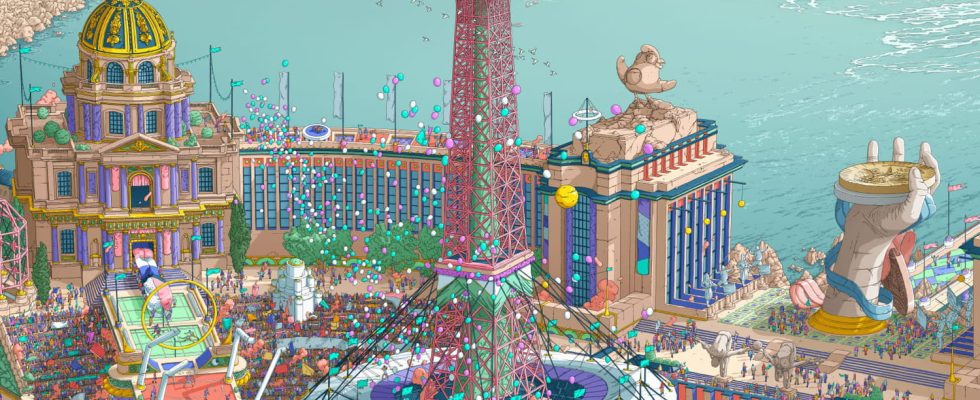The poster for the Paris Olympics created controversy because of the cross removed from the dome of the Invalides. There is, however, a very good reason…
A global meeting for athletes every 4 years, the Summer Olympic Games begin on July 26 with the opening ceremony which promises to be ambitious and majestic, if everything goes as the Paris 2024 Olympic committee wishes. with a parade on the Seine.
Before the start of these Olympic Games and while we are still several months away from the start of these Olympic and Paralympic Games, the official posters were unveiled on Monday March 4 by Ugo Gattoni, the author of the fresco, and Joachim Roncin , director in charge of design within the Olympic organizing committee.
“I wanted something epic, grandiose, but also a feeling of joyful celebration, teeming, overflowing” explains the author of this fresco. “For four months, I locked myself in my workshop, and it was like that day and night,” said Ugo Gattoni. “This is a poster that should work in 100 years.”
But this poster has been controversial since its release. The reason ? The absence of the cross at the top of the dome of Les Invalides, represented on the upper part of the fresco. The political class, and in particular the right and the extreme right, rushed into the breach, questioning the absence of the latter, evoking a desire to deny Christianity in France.
Except that the absence of this cross would not be a deliberate oversight. The explanation could be found on the side of article 50 of the Charter of the Olympic Games, which explains: “no kind of political, religious or racial demonstration or propaganda is permitted in any Olympic venue, venue or other location“. A simple reason which therefore does not require media hype and an attempt at political recovery. The author, questioned on the subject, explained that he was “not seeking to represent objects or buildings in a conforming manner. I evoke them, as they appear to me and without ulterior motives. I’m not looking for them to be faithful to the original but rather for us to be able to imagine at a glance what it’s about, while projecting it into a surreal and festive universe.”
Another controversy, the absence of the French flag, replaced by the flag of the Olympic Games at the top of the Eiffel Tower, also owes its explanation to the codes of the Olympic Games. Indeed, the poster is not intended to favor participants in the Olympic Games. Besides, the flag Japanese was not included on the poster of the Tokyo 2020 Olympic Games, the flag of Brazil was not on those of the Rio Olympics in 2016 just like the British flag for the London Olympics in 2012.
In a press release published Tuesday March 5, the COJO reacted, calming the enthusiasm of the French political class. “The Official Posters are a joyful, light artistic interpretation of a reinvented stadium city. Many elements could be reinterpreted by the artist,” explains the OCOG. “It is a representation which is neither exhaustive nor faithful to reality – the Tahiti wave is off the Marseille Marina, the Eiffel Tower is pink, the metro passes under the Arc de Triomphe – without this should not be the subject of politically motivated interpretations.”
